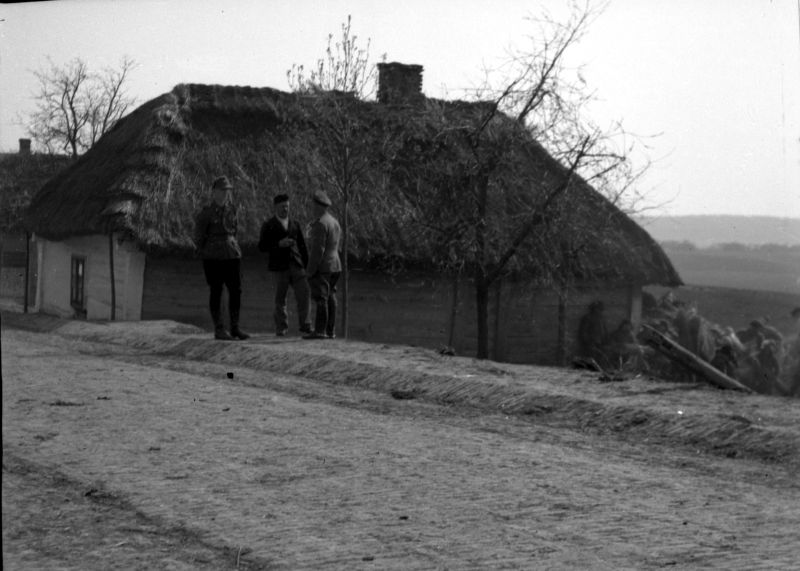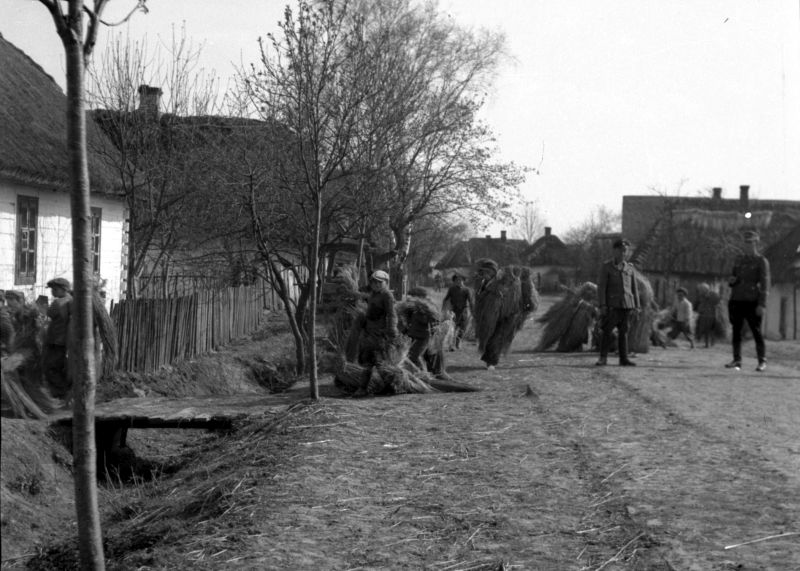Due to the aggression of the Third Reich against the Soviet Union in June 1941, Zamojszczyzna gained particular importance in the German settlement plans. During his visit to Lublin and Zamość, which took place less than a month after the attack on the USSR, Heinrich Himmler gave the SS and police commander Odilo Globocnik an order to draw up plans for the redesigning of Zamość (which was to change its name to Himmlerstadt) and create a “German settlement district” around the city.





